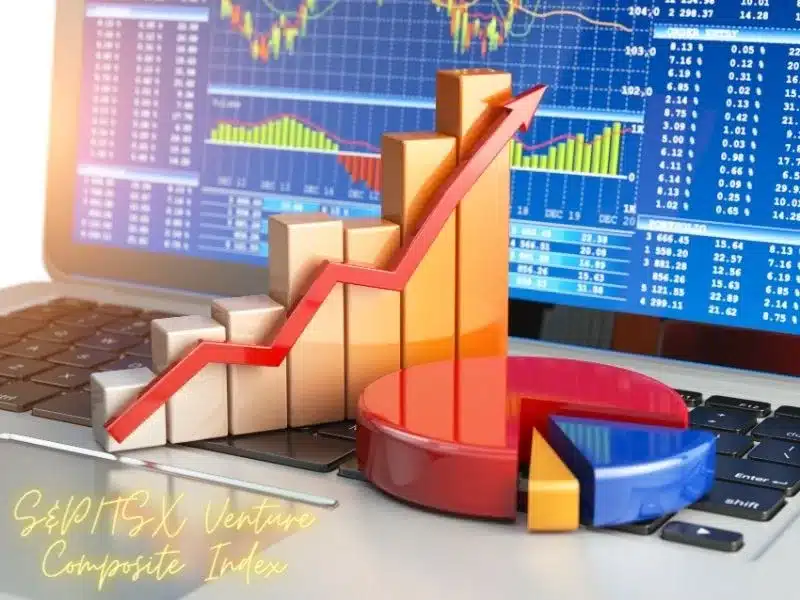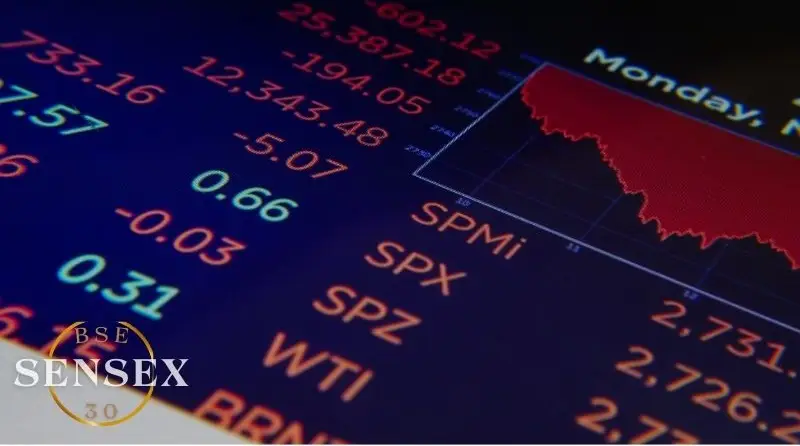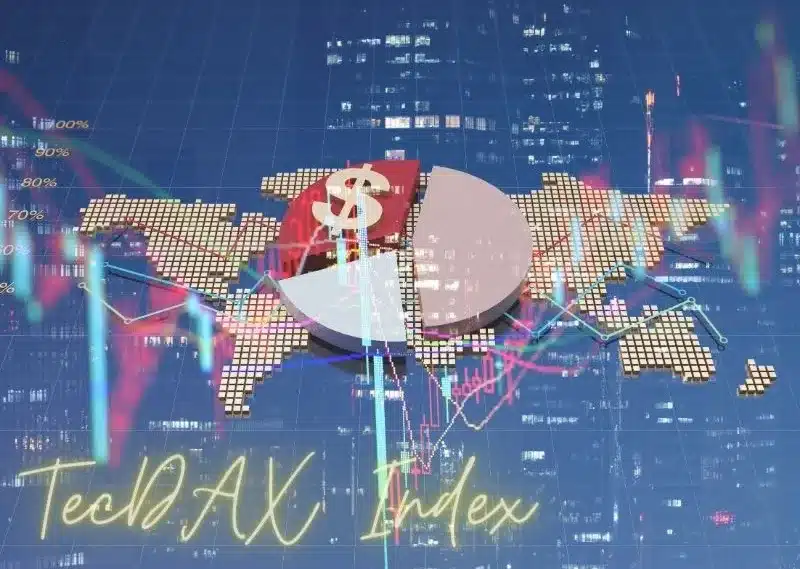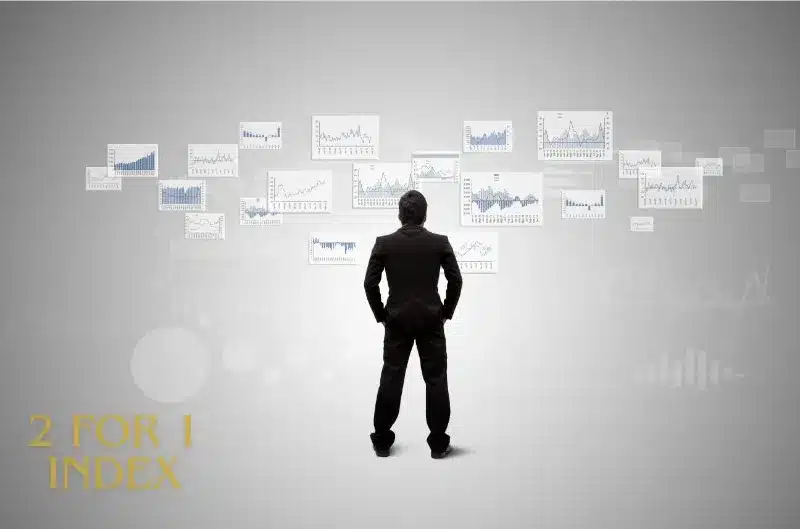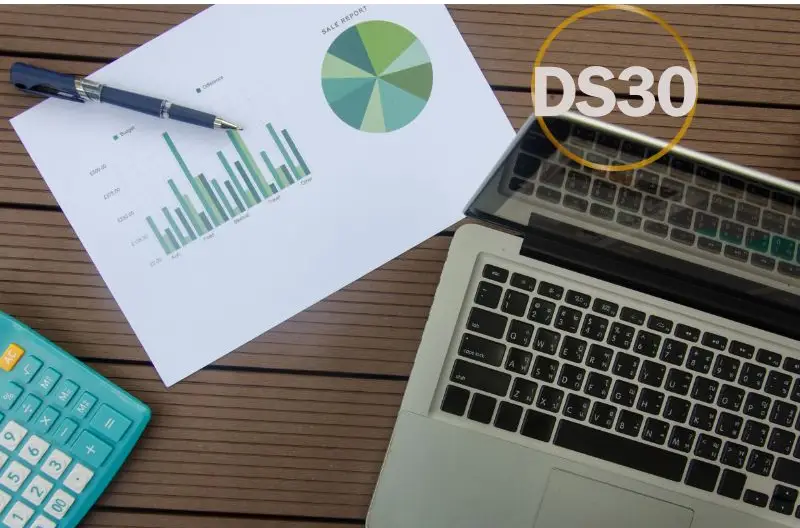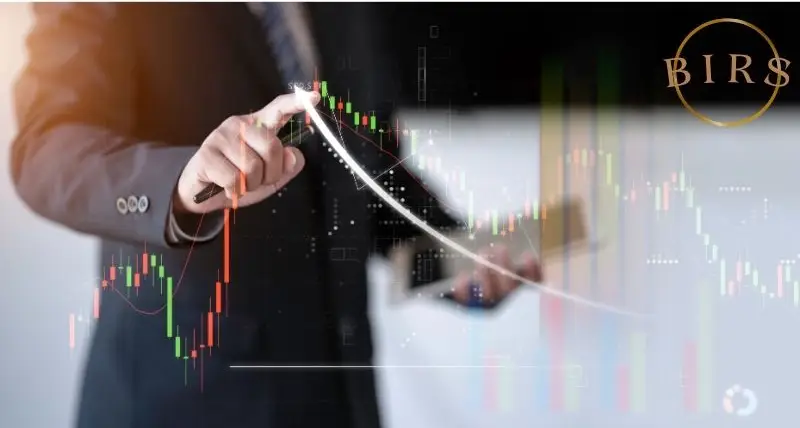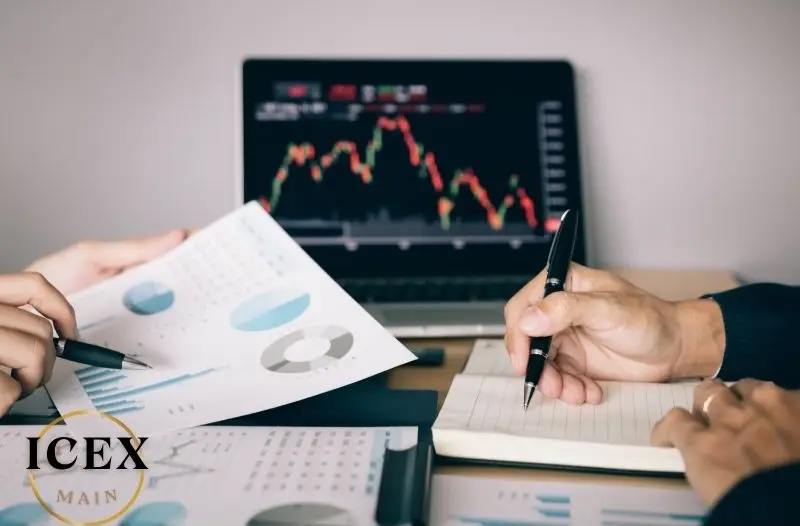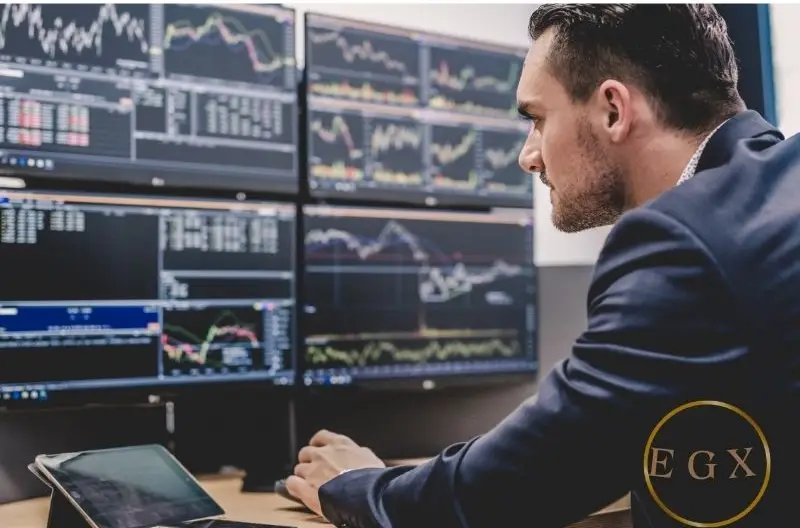S&P 500 Futures: A Closer Look
The S&P 500 Futures is a key financial instrument used by investors to track the performance of the S&P 500 index. This futures contract allows traders to speculate on the future direction of the stock market and hedge against potential risks.
- Liquidity: One of the main advantages of trading S&P 500 Futures is its high level of liquidity, making it easy for investors to enter and exit positions quickly.
- Diversification: By investing in S&P 500 Futures, traders gain exposure to a diverse range of industries and sectors represented in the index.
- Risk Management: Utilizing S&P 500 Futures can help investors protect their portfolios from market volatility and unforeseen events.
Overall, S&P 500 Futures play a crucial role in the financial markets, providing opportunities for both institutional and individual investors to participate in one of the most widely followed stock indices in the United States.
Opening hours S&P 500 Futures
The S&P 500 Futures market opens at 5:00 p.m. EST on Sunday and continues to trade until 4:15 p.m. EST on Friday. This allows investors to take advantage of trading opportunities outside of regular market hours.
Why invest in the S&P 500 Futures
Investing in the S&P 500 Futures offers several benefits, including diversification, liquidity, and the ability to hedge against market risk. Additionally, futures contracts allow investors to control a large amount of assets with a relatively small initial investment.
Major stocks on the S&P 500 Futures
The S&P 500 Futures index includes some of the largest and most well-known companies in the United States. Some of the major stocks traded on the index include Apple, Microsoft, Amazon, Alphabet (Google), and Facebook.
Stock index in United States
The S&P 500 Futures is one of the most widely followed stock indices in the United States. It is composed of 500 large-cap companies across various sectors, making it a key indicator of the overall health of the US stock market.
S&P 500 Futures in the United States
S&P 500 Futures are financial contracts that allow investors to speculate on the future value of the S&P 500 Index. The S&P 500 Index is a market-capitalization-weighted index of 500 of the largest publicly traded companies in the United States.
Regulation of S&P 500 Futures
The trading of S&P 500 Futures is regulated by the Commodity Futures Trading Commission (CFTC) in the United States. The CFTC is responsible for overseeing futures markets and ensuring fair and transparent trading practices.
Benefits of Trading S&P 500 Futures
- Liquidity: S&P 500 Futures are highly liquid, allowing investors to easily enter and exit positions.
- Diversification: By trading S&P 500 Futures, investors can gain exposure to a diverse range of industries and sectors represented in the index.
- Hedging: Investors can use S&P 500 Futures to hedge against potential losses in their stock portfolios.
Risks Associated with Trading S&P 500 Futures
- Volatility: The value of S&P 500 Futures can be highly volatile, leading to potential large gains or losses for investors.
- Leverage: Trading on margin with futures contracts can amplify both profits and losses, making it a high-risk investment strategy.
- Potential market manipulation: Although regulated, futures markets can still be susceptible to manipulation by large traders or institutions.
S&P 500 Futures: A Guide for Financial Stock Traders
Are you looking to trade on the S&P 500 Futures index in the United States? This popular stock indice tracks the performance of 500 large-cap American companies and is a key indicator of the overall health of the US stock market.
To start trading on the S&P 500 Futures, you’ll need to sign up for an English stock trading platform that offers access to international markets. Here’s how you can get started:
- Choose a reputable English stock trading platform: Look for a platform that offers competitive fees, a user-friendly interface, and access to a wide range of financial instruments.
- Create an account: Sign up with your personal details and verify your identity according to the platform’s requirements.
- Deposit funds: Transfer funds into your trading account using a bank transfer or other accepted payment methods.
- Select S&P 500 Futures: Once your account is funded, search for the S&P 500 Futures symbol (e.g., ES) and place your trades accordingly.
Trading on the S&P 500 Futures can be a lucrative opportunity for experienced traders looking to diversify their portfolios. Stay informed about market trends, economic indicators, and geopolitical events that may impact the index’s performance. Happy trading!
S&P 500 Futures in United States
As an expert in the financial stock market, it is important to understand the significance of S&P 500 Futures in the United States. These futures contracts are based on the performance of the S&P 500 Index, which is a benchmark index that tracks the stock performance of 500 large-cap companies listed on major stock exchanges in the US.
S&P 500 Futures play a crucial role in providing investors with a way to hedge their portfolios against market volatility and fluctuations. By trading these futures contracts, investors can speculate on the future direction of the stock market and potentially profit from price movements.
Summary
- S&P 500 Futures are futures contracts based on the performance of the S&P 500 Index.
- Investors use these futures contracts to hedge their portfolios against market volatility.
- Trading S&P 500 Futures allows investors to speculate on the future direction of the stock market.
- The performance of S&P 500 Futures is closely tied to overall market sentiment and economic indicators.
- Understanding how to trade S&P 500 Futures is essential for investors looking to navigate volatile markets.






























